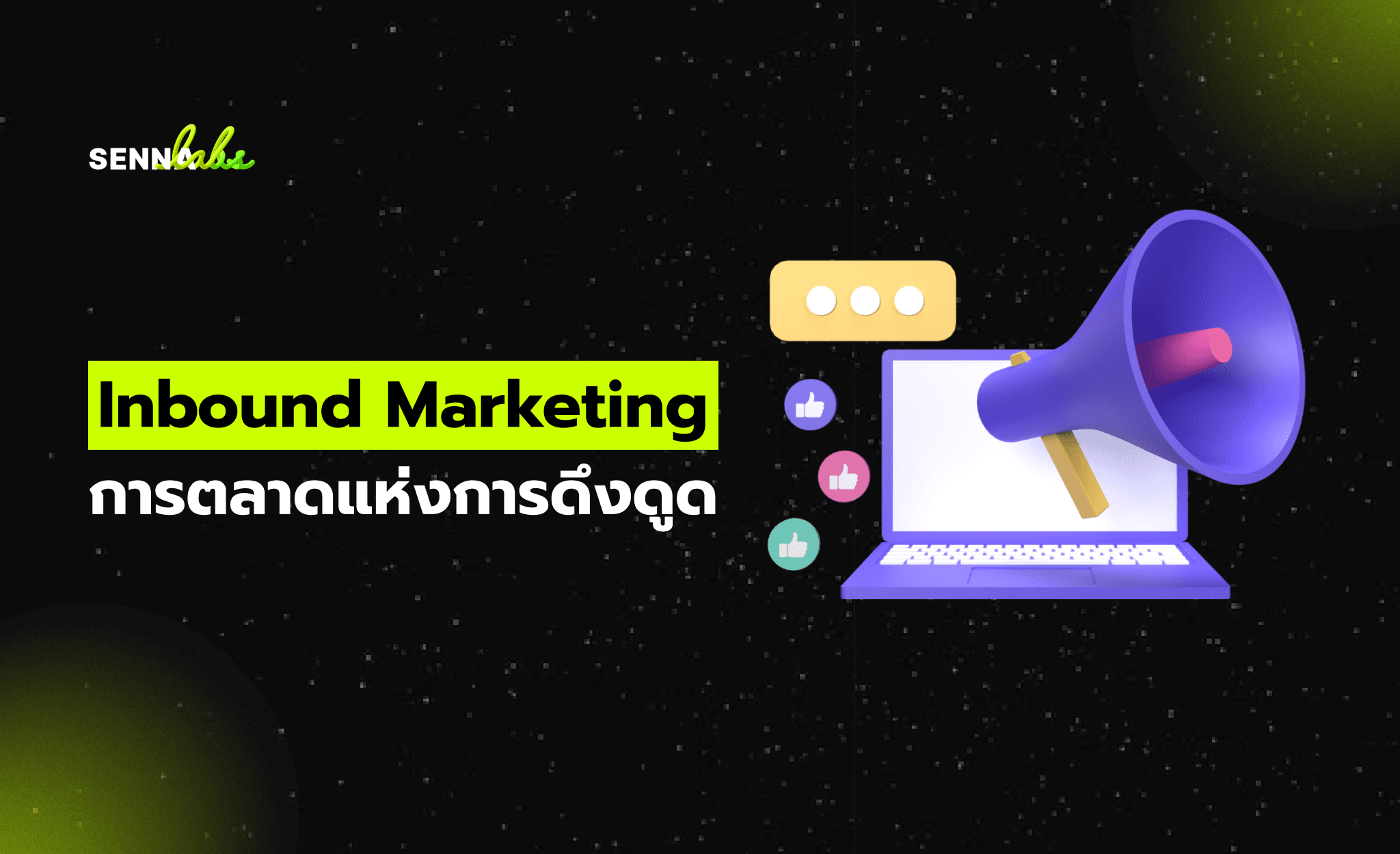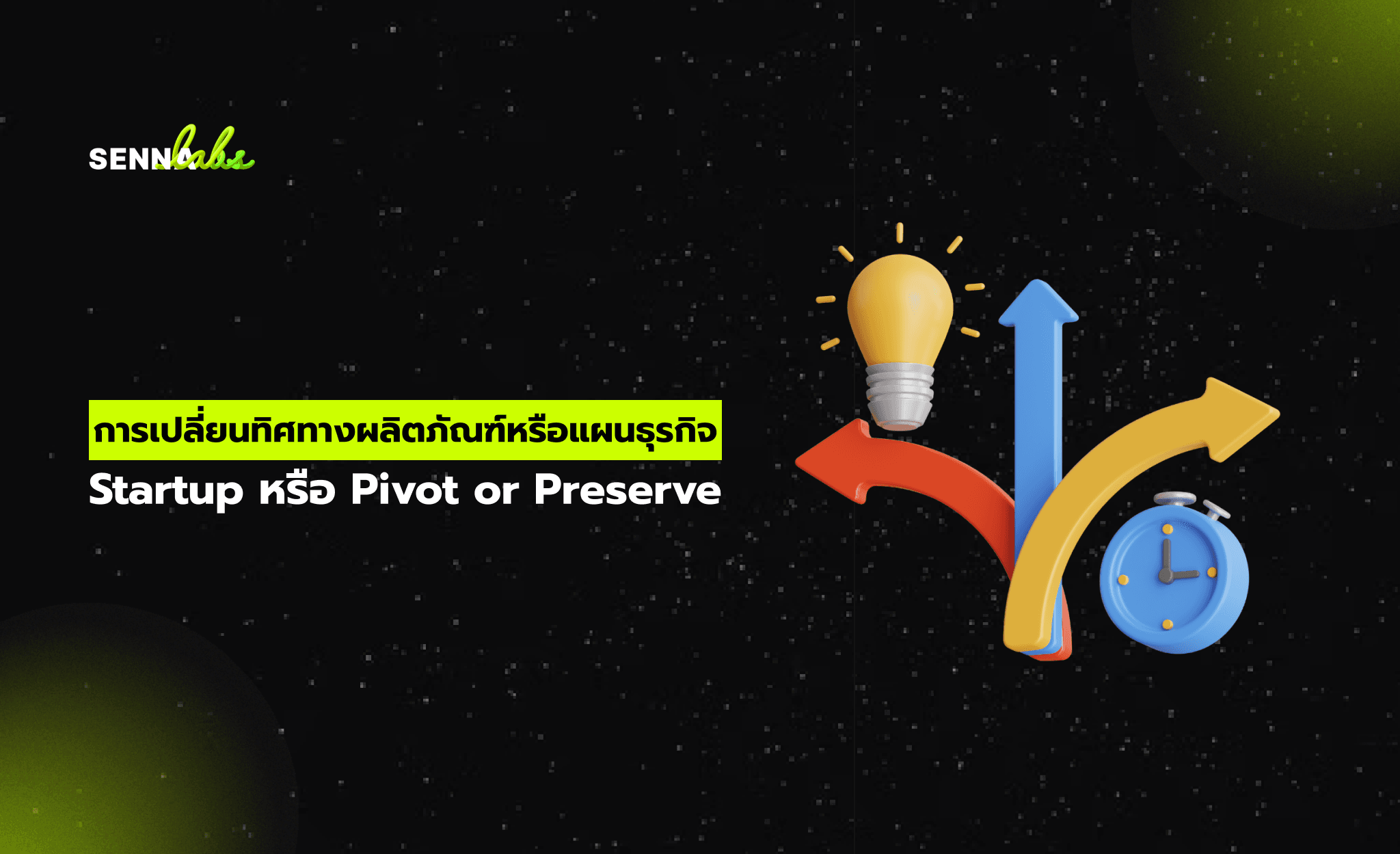Match Keywords with Search Intent, Not Just Volume

In the world of SEO, many content creators chase after high-volume keywords, thinking they’re the golden ticket to traffic. But here’s the truth: volume without intent is a vanity metric. You can rank for a keyword with 100,000 monthly searches and still see minimal engagement if it doesn't align with what users actually want.
Matching keywords with search intent—understanding why someone is searching, not just what they're searching for—is key to driving not just traffic, but qualified, converting, and loyal audiences.
Let’s look at a real-world example of how refining keyword strategy based on intent led to measurable results for a travel content site.

Real Use Case: The Travel Blog That Got Specific
A travel blog had been targeting high-volume generic keywords like “Chiang Mai travel” and “Chiang Mai attractions.” While these brought in some traffic, user engagement was low:
-
High bounce rates
-
Short session durations
-
Few conversions to itinerary downloads or bookings
To fix this, they adjusted their approach. Instead of focusing solely on volume, they targeted intent-driven, long-tail keywords like:
-
“Best places to visit in Chiang Mai during the rainy season”
-
“Family-friendly activities in Chiang Mai in July”
-
“Where to go in Chiang Mai when it rains”
They created blog content specifically tailored to those topics, using clear titles, helpful advice, weather-based recommendations, and location-specific tips.
The Result:
-
Google click-through rate (CTR) improved by 35%
-
Session duration more than doubled
-
Users bookmarked the content and shared it organically
-
Email signups from these pages increased significantly
What Is Search Intent?
Search intent refers to the reason behind a user’s query. Broadly speaking, there are four main types:
-
Informational – The user wants to learn something (“What’s the best time to visit Chiang Mai?”)
-
Navigational – The user is looking for a specific brand or site (“TripAdvisor Chiang Mai”)
-
Transactional – The user wants to make a purchase or booking (“Book Chiang Mai hotel July”)
-
Commercial Investigation – The user is comparing or exploring options (“Best Chiang Mai hotel under $100”)
Great content aligns your keywords with the right intent for your audience and the action you want them to take.
Why Volume Alone Doesn’t Guarantee Results
High-volume keywords may look attractive, but they’re often:
-
Too competitive for smaller sites to rank
-
Too broad to convert (users aren’t ready to take action)
-
Too vague to match specific user needs
Intent-driven keywords, especially long-tail ones, may have lower volume—but they typically lead to higher:
-
Engagement
-
Time-on-site
-
Conversion rates
It’s better to have 1,000 visitors who stay, read, and convert than 10,000 who bounce within seconds.
How to Match Content to Search Intent
Here’s a step-by-step approach to aligning your content strategy with search intent:
1. Research Long-Tail, Contextual Keywords
Use tools like Google Autocomplete, AnswerThePublic, or SEMrush to find specific phrases people search around your niche.
Example:
-
Instead of “Chiang Mai”
-
Try: “Chiang Mai indoor activities for rainy days”
2. Analyze the SERP (Search Engine Results Page)
Google the keyword and look at the top-ranking results. Are they blog posts, e-commerce pages, YouTube videos? This gives you clues about what Google believes matches that intent.
3. Align Content Format with Intent
If users want “how-to” info, write a guide. If they want options, write a listicle. If they want to compare, create a comparison chart.
4. Write Clear, Direct Headlines
Your title should reflect the intent clearly. For example:
-
“10 Rainy Season Activities in Chiang Mai (That Locals Recommend)”
-
“Where to Eat in Chiang Mai When It’s Pouring Outside”
5. Include Strong Meta Descriptions
Give users a reason to click. Match their intent with language that solves their problem:
“Discover the best things to do in Chiang Mai when it rains—perfect for families, solo travelers, and couples alike.”
SEO Gains Beyond Traffic
When your content is aligned with search intent, you gain more than just better rankings:
-
Higher dwell time, which improves SEO signals
-
Lower bounce rates
-
Improved lead generation
-
Increased authority and relevance
You also build a stronger relationship with your audience by delivering exactly what they’re looking for.
Final Thoughts
Keyword volume is just one metric—and it’s far from the most important. If you want to grow sustainable, engaged traffic, start by understanding your users’ intent. What questions are they asking? What decisions are they trying to make? What challenges are they trying to solve?
Once you match those needs with tailored, intent-driven content, your SEO strategy becomes less of a guessing game—and more of a reliable growth engine.


Subscribe to follow product news, latest in technology, solutions, and updates
Other articles for you



Let’s build digital products that are simply awesome !
We will get back to you within 24 hours!Go to contact us Please tell us your ideas.
Please tell us your ideas.







